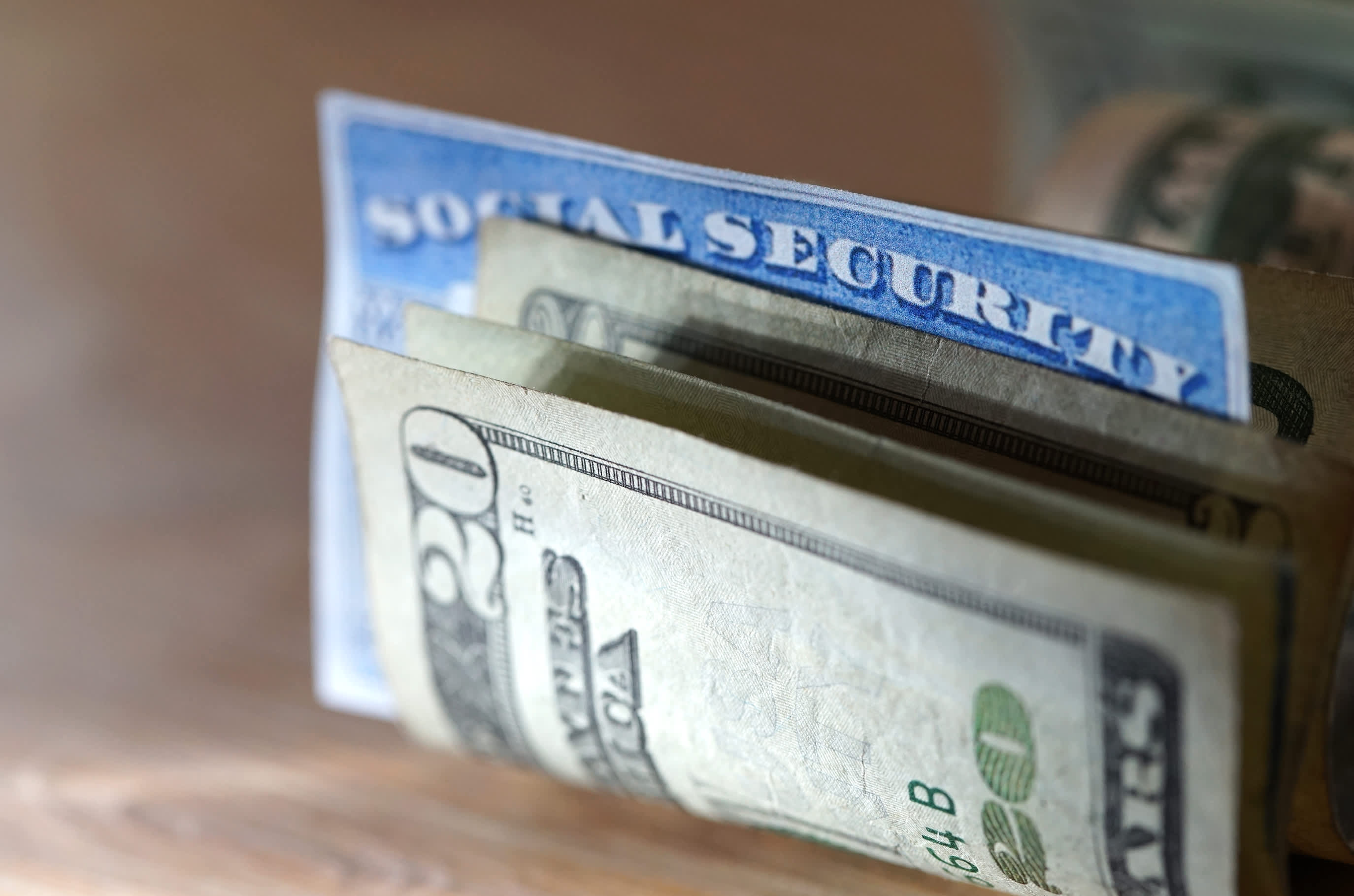
Less than half of Americans believe Social Security will be able to pay them a benefit when they retire, according to a recent Quinnipiac poll.
This is especially problematic, given that some 57% of retirees say Social Security is a major source of income in their retirement, far outpacing IRAs, 401(k)s and other work-sponsored pension plans.
In 2020 alone, $1 trillion in Social Security benefits will be disbursed to about 65 million people.
Since 2010, however, the Social Security payroll tax hasn't been enough to cover payments for the massive baby-boom generation that started to retire.
"Social Security faces a big mismatch between the revenues that it is scheduled to take in and the benefits that are scheduled to pay out," said Gopi Shah, deputy director and senior fellow at the Stanford Institute for Economic Policy Research. "In 2020, we're paying more in benefits than we're receiving in revenue."
Experts and politicians alike have warned that the program is very near a point where it won't be able to pay out promised retirement benefits.
How Social Security invests its money
Think of Social Security like a pay-as-you-go type program. Benefits being paid out now mainly come from payroll taxes collected from today's workers.
Social Security is financed through a dedicated payroll tax. In 2021, every working American pays 6.2% of their wages to the government on everything they earn up to $142,800.Employers match that amount, or if you're self-employed, you pay 12.4% into the Social Security trust fund.
All of Social Security's payroll taxes and other sources of income are deposited into this fund, and all of the benefits and administrative expenses are paid out of this fund.
For more than 30 years, Social Security was flush with cash. It took in more in payroll taxes and other income than it was paying out in benefits and expenses.
And the money didn't just sit there.
Income to the fund isinvested in interest-bearing Treasury securities, earning an average interest rate of 2.5% so far this year. As of 2020, the trust fund is up to $2.9 trillion.
"U.S. Treasury securities are considered the safest kind of asset to back any claim that you have," said Gary Burtless, senior fellow of economic studies at the Brookings Institution. "They're held in an extremely safe although low-yielding kind of investment."
Will Social Security run out of money?
For the last decade, Social Security's cash flow has been negative, meaning that the agency isn't collecting enough money through taxes to cover what it's paying out to beneficiaries.
"The trust fund is very near its all-time peak in terms of dollars. It's not near a peak in terms of how many years of benefit payments we can afford to spend out of the trust fund," said Burtless.
In 2016, the deficit of $75 billion was covered by the interest earned on the trust fund. In 2019, interest covered almost $81 billion of benefit payments.
But starting in 2021, the interest won't be enough to cover the shortfall. Instead, Social Security will have to start to draw down from the trust fund itself to help pay for benefits. And even that fund won't last forever.
Experts predict the reserves could run out by 2035, at which point Social Security would only be able to pay about 79% of promised benefits.
The Social Security Administration declined to give an interview.
"The reality is today every dollar that goes into Social Security immediately goes out the door to current retirees. It never has a chance to earn a positive rate of return over time," said Rachel Greszler, senior policy analyst at the Heritage Foundation, a conservative think tank.
"That has really negative consequences if you look over decades of not being able to invest the money that is set aside," she added. "When you look at pension programs, about two-thirds of the assets in there are actually investment returns. And so you're stripping that opportunity away from workers."
The worldwide pandemic has complicated things even further.
Massive unemployment, a recession, reduced earnings, and lower interest rates thanks to the Fed could all speed erosion of the fund.
Data from the Wharton School at the University of Pennsylvania estimates the fund could run out as soon as 2032. And the Bipartisan Policy Center, a D.C. think tank, says the reserves could be depleted by 2028.
This doesn't mean that Social Security will have run out of money completely, but it does mean they'd only be able to pay out a portion of the promised benefits.
Disclosure: NBCUniversal and Comcast Ventures are investors in Acorns.
"really" - Google News
December 01, 2020 at 06:45PM
https://ift.tt/33y38L9
How Social Security invests its money – and why it may run out of cash really soon - CNBC
"really" - Google News
https://ift.tt/3b3YJ3H
https://ift.tt/35qAk7d
Bagikan Berita Ini














0 Response to "How Social Security invests its money – and why it may run out of cash really soon - CNBC"
Post a Comment